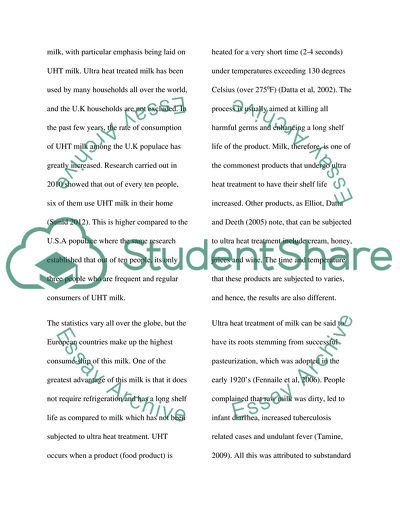Cite this document
(Ultra Heat Treatment of Milk Essay Example | Topics and Well Written Essays - 2500 words, n.d.)
Ultra Heat Treatment of Milk Essay Example | Topics and Well Written Essays - 2500 words. https://studentshare.org/biology/1813647-scintific-report-ultra-heat-treatment-of-milk
Ultra Heat Treatment of Milk Essay Example | Topics and Well Written Essays - 2500 words. https://studentshare.org/biology/1813647-scintific-report-ultra-heat-treatment-of-milk
(Ultra Heat Treatment of Milk Essay Example | Topics and Well Written Essays - 2500 Words)
Ultra Heat Treatment of Milk Essay Example | Topics and Well Written Essays - 2500 Words. https://studentshare.org/biology/1813647-scintific-report-ultra-heat-treatment-of-milk.
Ultra Heat Treatment of Milk Essay Example | Topics and Well Written Essays - 2500 Words. https://studentshare.org/biology/1813647-scintific-report-ultra-heat-treatment-of-milk.
“Ultra Heat Treatment of Milk Essay Example | Topics and Well Written Essays - 2500 Words”. https://studentshare.org/biology/1813647-scintific-report-ultra-heat-treatment-of-milk.


